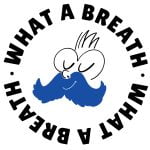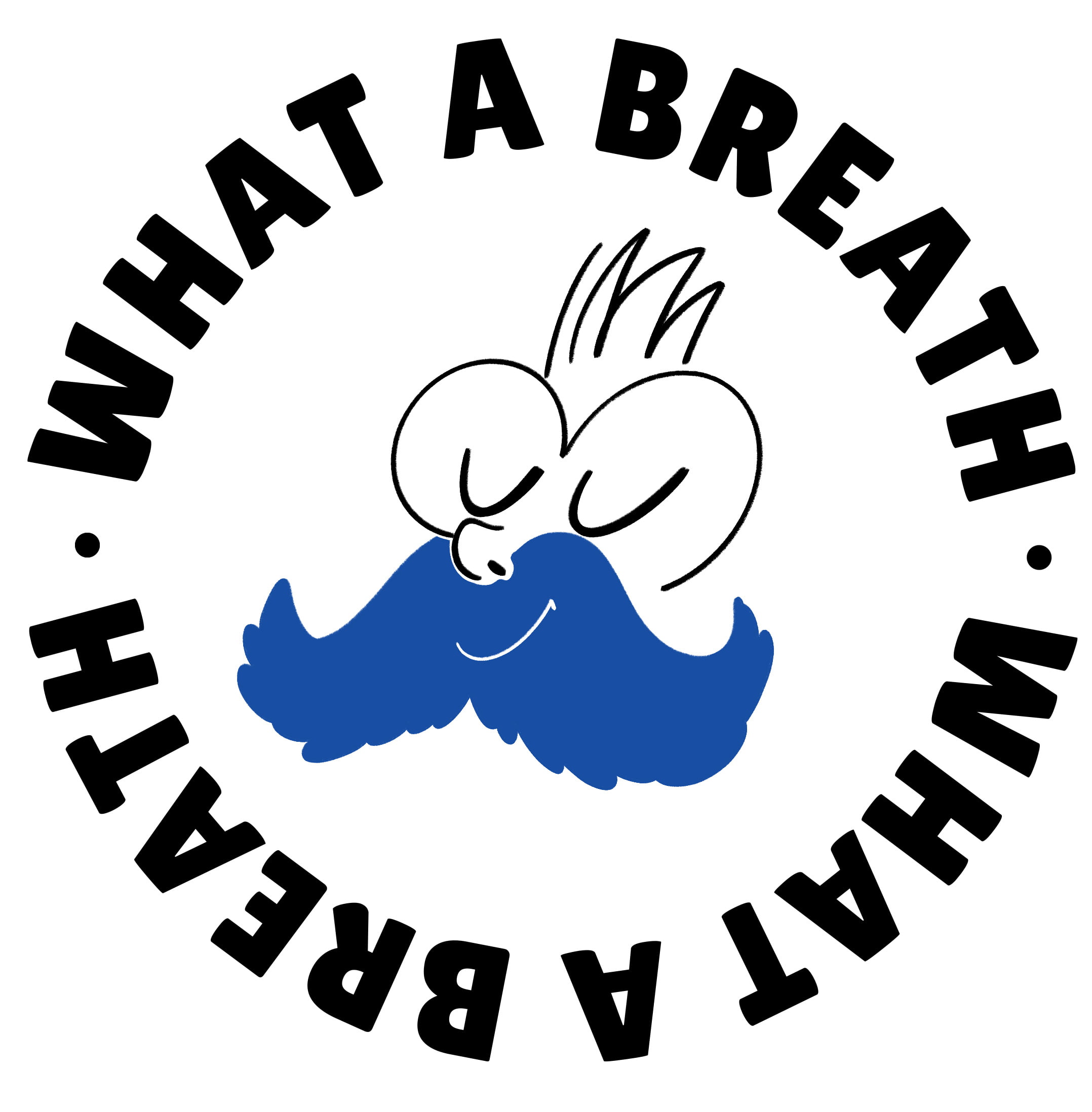5 2 5 breathing is a mindful breathing technique that involves inhaling for five seconds, holding the breath for two seconds, and exhaling for five seconds. This practice, widespread in the world of yoga and mindfulness, helps to relax the mind and improve the quality of breathing, promoting greater oxygenation of the body and better control of the nervous system.
The Benefits of 5 2 5 Breathing
This technique, which I talked about at this link, is particularly appreciated for its ability to reduce stress and anxiety, improve concentration, and promote a general sense of well-being. Rhythmic breathing helps to calm the sympathetic nervous system and stimulates the parasympathetic system, facilitating a deep state of relaxation.
From a physiological point of view, 5 2 5 breathing helps to improve heart rate variability, an indicator of cardiovascular health, and to reduce blood pressure. It can also be useful for those who suffer from insomnia or have difficulty relaxing before sleeping.
Are There Any Contraindications?
Although 5 2 5 breathing is generally safe for most people, there are some situations where it is advisable to practice it with caution or under the supervision of an expert.
Those who have undergone heart surgery or are recovering from cardiovascular problems should approach this technique gradually. Breath retention, although brief, can influence heart rhythm, so it is preferable to be followed by a professional before integrating it into their routine.
People recovering from rib cage trauma, spinal injuries, clavicle fractures, or advanced osteoporosis should be careful. Breath regulation in these conditions can cause discomfort or complications, and the support of a respiratory therapist or an experienced yoga teacher could be helpful.
For those suffering from acute asthma or who have had episodes of tuberculosis, controlled breathing can be a challenge. In some cases, focusing on breathing can induce a sense of anxiety or suffocation. If an increase in breathing difficulty is perceived, it is better to stop the practice and consult a doctor.
Some people might find slow and deep breathing uncomfortable, especially if they are not used to focusing on their breath. In these cases, it is advisable to start lying down in a comfortable position before transitioning to a seated position. Controlled breathing requires some practice and may take time to become comfortable.
Pregnant women should perform 5 2 5 breathing with caution. Even though this technique can promote relaxation, breath retention might be uncomfortable in some stages of pregnancy. It is advisable to proceed gently, avoiding excessive effort and taking breaks if necessary.
nother condition to consider is dyspnea, which is excessively slow or difficult breathing. Since 5 2 5 breathing tends to reduce the number of breaths per minute, those suffering from this condition might find it difficult to maintain an adequate level of oxygenation. In these cases, you can contact me before starting this practice, and we will evaluate together if it is suitable for you.
Conclusion
5 2 5 breathing is a simple and beneficial technique that can bring numerous advantages for mental and physical health. However, as with any breathing practice, it is important to listen to your body and proceed with caution in the presence of particular conditions. If you have doubts or specific medical conditions, a chat with me without obligation (...even on IG) is always a recommended choice.
Integrated into your daily routine with awareness, 5 2 5 breathing can become a powerful tool to improve overall well-being.






